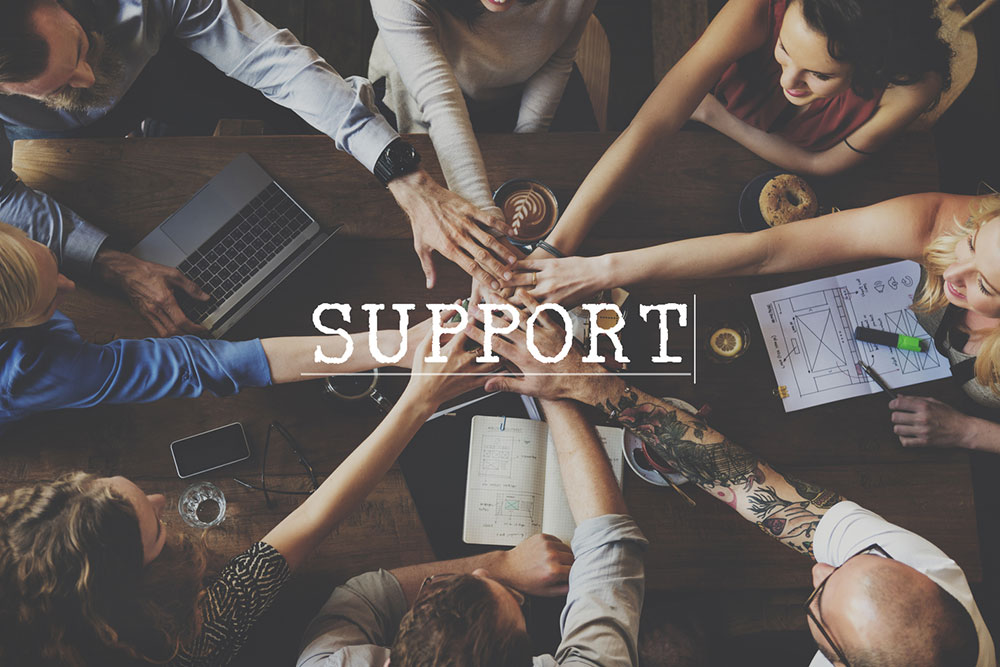11 mistakes to avoid when supporting charities

One may engage in charitable acts and support various causes close to their heart to help leave a positive impact on society. However, like any endeavor, donating requires careful consideration and a strategic approach to ensure that one’s efforts yield the desired outcomes. Further, mistakes in choosing and engaging with charities can result in improper utilization of hard-earned money and efforts. Here are some of these errors and ways to avoid them:
1. Ignoring volunteering opportunities
While volunteering may not always be possible due to time constraints or geographical limitations, hands-on involvement is one of the best ways to determine which charitable organization is worth considering. Volunteering can include participating in local events, offering expertise, or assisting remotely through virtual volunteering opportunities. Volunteering provides invaluable first-hand experience of how a charity operates and gives one an insight into its efficiency in addressing the cause it supports.
2. Making random donations
A key mistake to avoid making is engaging in random acts of giving without conducting thorough research. While the desire to help is admirable, it is essential to contribute to well-established, reliable organizations that have a proven track record of taking meaningful steps toward the betterment of people.
3. Not planning ahead
Another mistake while supporting charities is making impulsive donations in response to immediate requests. While donating in itself is commendable, not having a strategy in place can quickly deplete the funds intended for preferred causes. To avoid this, one can adopt a more strategic approach to allocate funds to a number of organizations. This helps one avoid donating more than they can afford, ensuring that each contribution aligns with personal long-term goals. This can help donors to maximize the impact of their charitable endeavors.
4. Neglecting research
Research is a must for informed philanthropy. Skipping this crucial step can result in lending support to organizations that may not align with their values or have a questionable reputation. Thorough research is also crucial to avoid supporting the wrong charity, especially when choosing between two organizations with similar names. The goal here should be to avoid contributing to organizations that do not align with the donor’s values. So, it is important to prioritize research to ensure that donations or contributions are making the most significant difference in the lives of the recipients.
It is crucial to be cautious when donating to charities, whether through cash or in-kind donations. For example, if one wishes to donate their old car to a charity, there are many organizations that accept it. However, there are also scammers who take advantage of unsuspecting donors. To avoid falling victim to such scams, it is recommended to research top car charity organizations thoroughly using reputable and trusted online forums and websites.
5. Ignoring financial health of charities
Understanding how a charity manages its finances can help one understand its performance. Before making a donation, one can ask about the percentage of donations dedicated to the organization’s mission versus those allocated to fundraising and administrative expenses. Here, if the organization utilizes at least 75% of donations toward the cause, it may be worth considering.
6. Not following up
The commitment to a cause does not end with the initial donation. So, one should follow up with the organization and assess the impact of contributions over time. This involves ensuring that the donated funds, services, or belongings are utilized optimally. Regularly evaluating a charity’s yearly efforts through its financial statements can also help one gauge the organization’s performance and effectiveness in achieving its mission.
7. Falling for scams
One should avoid giving in to emotional, door-to-door donation requests. Some charity telemarketers work for for-profit companies that hold on to a large part of the money they collect from donors. So, one should avoid giving in to random requests, especially if the organization seems to be unknown. Alternatively, one can donate after thoroughly vetting organizations to avoid fraudulent schemes. Verifying the legitimacy of a charity ensures that contributions can genuinely support the intended cause.
8. Delaying donations
Waiting to make donations at the end of the year is a common practice, but charitable organizations usually require year-round support. So one does not have to wait to contribute and can make donations throughout the year. One can contribute monthly to a cause by opting for automatic transactions. This can help provide charitable organizations with continuous and sustained support.
9. Donating unnecessary things
Assuming that all donated items are equally beneficial to a charity is one of the key mistakes to avoid. This well-intentioned gesture can pose challenges for charities in terms of storage and organization, as they may lack the capacity to receive, organize, and efficiently distribute goods to the recipients. Even newly established charities may lack the necessary infrastructure to store things like food and clothing. So, it is essential for donors to communicate with the charity beforehand and understand their specific requirements. This collaborative approach ensures that the donated items serve a purpose and help contribute to the cause.
10. Donating to receive a gift
While many charities express gratitude by offering tokens of appreciation, donors should be cautious about contributing solely for the sake of receiving gifts such as coffee mugs, tote bags, or stationery. The primary focus should always be supporting the charity’s mission rather than obtaining rewards.
11. Overlooking local charities
Focusing solely on larger, well-established charities may make one overlook the crucial impact that local organizations can have within their communities. Local charities often possess a deeper understanding of the community’s needs and can help in promoting development and fostering a sense of togetherness within these groups. By redirecting attention and resources to these grassroots initiatives, one can contribute to the growth of local communities.


